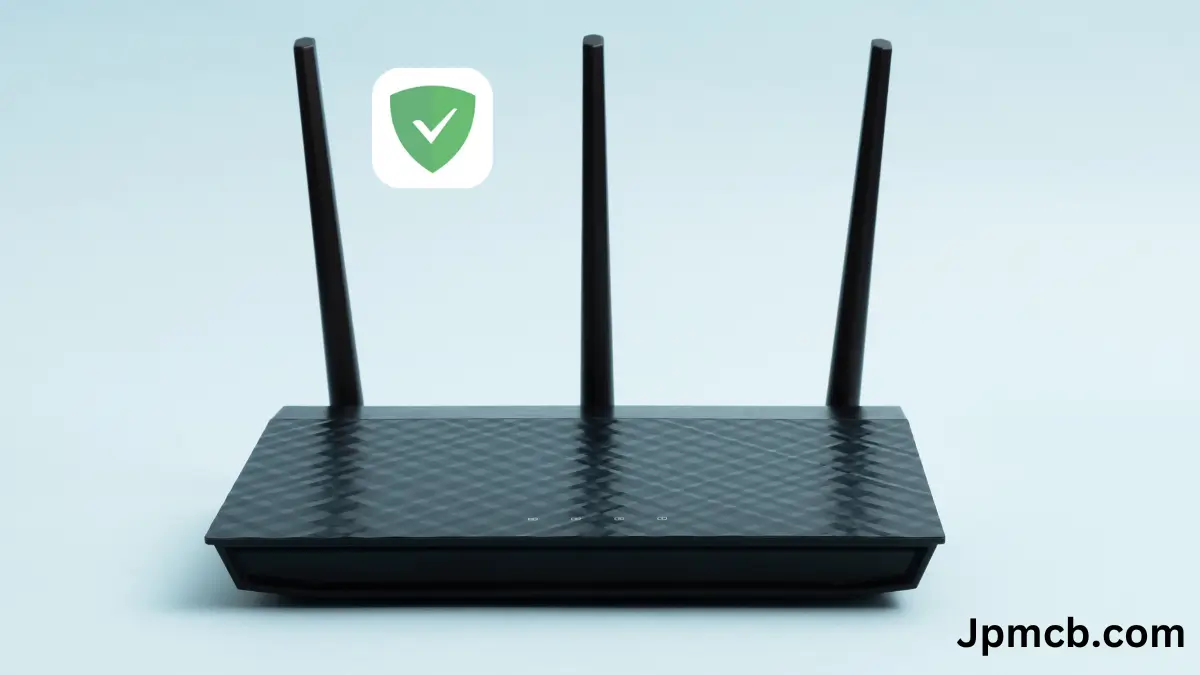Are you tired of intrusive ads ruining your online experience? Want to take control of your home network and block unwanted content seamlessly? Installing AdGuard on your TP-Link Omada router is a game-changer. This powerful tool not only enhances security but also improves browsing speed by filtering out pesky ads at the DNS level. In this guide, we’ll walk you through each step needed to set up AdGuard Home with your TP-Link router. Whether you’re tech-savvy or just getting started, our easy-to-follow instructions will ensure an ad-free internet experience in no time. Let’s dive in and transform how you surf the web!
Requirements
Before you start, here’s what you’ll need:
- A TP-Link Omada router
- A computer with internet access
- Basic understanding of network configurations
- Access to your router’s admin panel
- A VPS (Virtual Private Server) account (optional)
Step 1: Initial Setup
- Accessing the Router Admin Panel:
- Connect your computer to the router.
- Open a web browser and enter the router’s IP address in the address bar. For more details, visit TP-Link’s official page.
- Updating Firmware:
- Ensure your router firmware is up-to-date by checking under the “Firmware Update” section of the admin panel. Check out the TP-Link Firmware Update Guide.
Step 2: Setting Up AdGuard Home on a VPS
- Choosing a VPS Provider:
- Select a VPS provider such as DigitalOcean, Linode, or Vultr that fits your budget and requirements.
- Installing Docker:
- Log in to your VPS using SSH.
- Install Docker for easier application management. Refer to the Docker Installation Guide for assistance.
- Installing AdGuard Home:
- Pull the AdGuard Home image using Docker.
- Follow the installation script to configure initial settings like DNS ports and network interfaces. For detailed instructions, visit the AdGuard Home GitHub page.
- Accessing the AdGuard Web Interface:
- Use the VPS IP address followed by the specified port number to access the web interface.
- Customize filtering rules and manage user access.
Step 3: Implementing Custom DNS Settings
- Configuring DNS on Your Router:
- Navigate to the “Network” or “Internet Settings” section in your router’s admin panel.
- Enter the primary and secondary DNS addresses provided by AdGuard. For more information, check AdGuard DNS Setup.
- Testing DNS Configuration:
- Ensure that all devices connected to your network are using the AdGuard DNS settings by checking network configurations on each device.
Step 4: Integrating AdGuard Server with Omada SDN
- Accessing the Omada Controller Interface:
- Manage your network settings through the Omada controller.
- Input the IP address of your AdGuard server in the DNS settings section.
- Ensuring Seamless Integration:
- Confirm that all client devices are directed to use the custom DNS.
- Monitor performance and make adjustments as necessary.
Step 5: Troubleshooting Common Issues
- Network Bridges:
- Verify that the DHCP server is disabled on bridges to avoid conflicts.
- Ensure devices recognize the correct DNS settings from AdGuard Home.
- DNS Query Issues:
- If queries are not routing through AdGuard, recheck network configurations and DNS settings.
Conclusion
Setting up AdGuard on your TP-Link Omada router can significantly enhance your network’s security and browsing experience. By following these steps, you gain control over ads and trackers invading your online activities. Troubleshooting DNS issues is part of the process but manageable with patience and the right steps. Embrace better internet privacy by making informed decisions with your networking equipment today!
